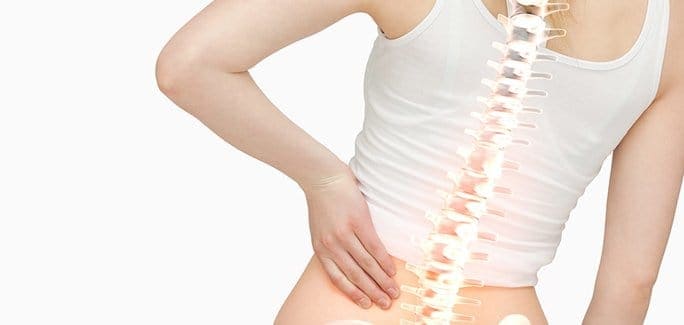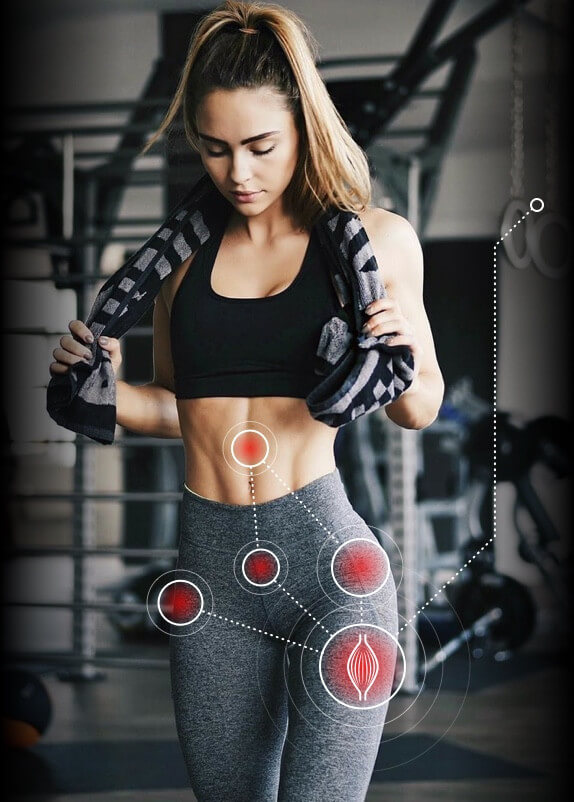Do you become a victim of a backache as your day comes to an end? Or, do you often hesitate before lifting anything heavy as your fear your back might go out? Then, you should know you aren’t the only one. In fact, CDC data shows that more than 80% of the individual experience back pain at some point during their life! However, many back pain cases are non-specific. What does this exactly mean? This just means that there isn’t any primary reason like a fracture responsible for your backache. Instead, what could cause you pain is your hip. Particularly, its mobility as well as strength.
Experienced therapists at NYDNR know that people experiencing back pain either have one of these following three problems or they experience a mixture of the three:
- Weak glutes muscles
- Bad posture
- Lack of hip flexibility
Hip joints are involved in an extensive motion range. Hip joints are surrounded by y-shaped ligaments known as iliofemoral ligaments. The purpose of these ligaments is to offer support. The problem is, prolonged sitting shrinks the ligaments and reduces the joints’ natural movement. So, when you start to walk with shrunken ligaments, your hips don’t move naturally.
Instead, the ligaments start pulling on the pelvis. Since the pelvis is attached to the spine, this leads to muscle pain, strain, and even inflammation in your back. Plus, reduction in hip motion also tilts the pelvis, thus changing your spine’s posture and elevating strain. However, once hip mobility is improved, you can quickly relieve back pain.
There’s a way to see if the hips are responsible for the pain with two basic tests. In case you find hip motion to be limited or if you experience discomfort and pain, then you should head to NYDNR and get professionals to check it out. The following two tests can help determine mobility:
1.Test for mobility
For the mobility test, do the following:
- While lying on the back, keep the legs straightened
- Keep one ankle over your other knee
- While keeping the ankle pressed to your other leg, start lowering your raised knee on your side
- Do the same for the second side
Look for a difference in how close your ankles are to the floor. In case there’s any difference, it can be an indication of hip motion issue and lead to discomfort or even severe pain.
2.Squatting
- First, stand beside a counter. Hold onto it gently to balance yourself.
- While facing forward, keep the knees parallel
- Finally, squat low while keeping the heels flat
In case you experience excessive pressure on your calf muscles or even your knees, it could be an indication of a hip issue. Repeat the exercise while facing the mirror. If your body tends to lean towards one side, it could be a problem.
On suffering from backache, ensure that you get a professional physical therapist to notice your movements. Visit NYDNR today to find out the primary reason behind your backache, as well as how you can effectively get rid of it! Experts at NYDNR also ensure that the backache doesn’t return!



























































